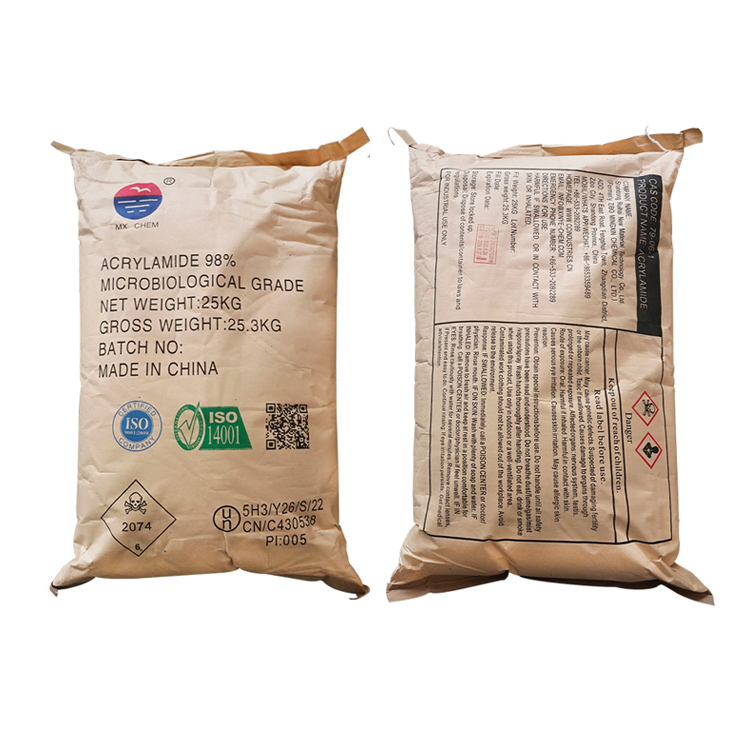Production method
Method 1: Hydrolysis method
The acrylamide obtained by hydrolysis method has an irregular distribution of acrylamide chains on macromolecular chains. The molar percentage of acrylamide chains on macromolecular chains is the degree of hydrolysis.
Compared with the copolymerization method, the water-soluble anti-dandruff factor (HD) of the products prepared by the general hydrolysis method is not high, less than 30%. Theoretically, the products with HD more than 70% should be prepared by the copolymerization method, which has certain requirements on the hydrolysis temperature and events, and is prone to macromolecular degradation during the hydrolysis process.
Method 2: Polymerization of aqueous solution
Aqueous solution polymerization polymerization in which the reaction monomer and initiator are dissolved in water. This method is simple, less environmental pollution, high yield of polymer, easy to obtain high relative molecular weight polymer, is the first method used in the industrial production of polyacrylamide, and has been the main method of industrial production of polyacrylamide. The polymerization of aqueous solution has been studied deeply.
Method 3: Inverted emulsion polymerization
Reversed-phase colloidal dispersion system needs to be prepared before reversed-phase emulsion polymerization and reversed-phase suspension polymerization, that is, water/oil (W/0) heterogeneous dispersion system is formed in the oil phase of monomer aqueous solution by stirring dispersion or emulsifier, and then initiator is added for free base polymerization.
Generally, oil soluble initiators are used in reversed-phase emulsion polymerization, mostly anionic free radical initiators and non-ionic free radical initiators, while reversed-phase suspension polymerization uses water soluble initiators, such as persulfate. There are two views on the nucleation mechanism of AM/AA reversed emulsion polymerization: micellar nucleation and monomer droplet nucleation. The kinetics is quite different from that of typical positive emulsion polymerization.
Method 4: Reverse suspension polymerization
Reversed-phase suspension polymerization is an ideal method for industrial production of water-soluble polymers developed in recent 10 years. Di-monie studied AM reversed-phase suspension polymerization using conductivity, NMR and electron microscopy in 1982.
Method 5: Other polymerization methods
In addition to the above methods, the homopolymer and copolymer of acrylamide and its derivatives can be modified by Mannich reaction and grafting copolymerization. The introduction of amines into polyacrylamide during Mannich reaction is an important way to obtain cationic polyelectrografting of polyacrylamide. The commonly used amines are dimethylamine, diethylamine, diethanolamine and so on.
AM/AA is often grafted with starch to prepare highly absorbent resins, or with other macromolecular monomers to graft AM/AA into certain membranes. High molecular weight cationic polyacrylamide (CPAM) is widely used in oil production, but HPAM has poor salt tolerance.
Post time: Mar-09-2023


